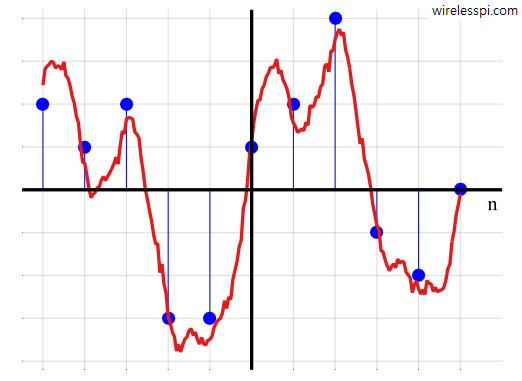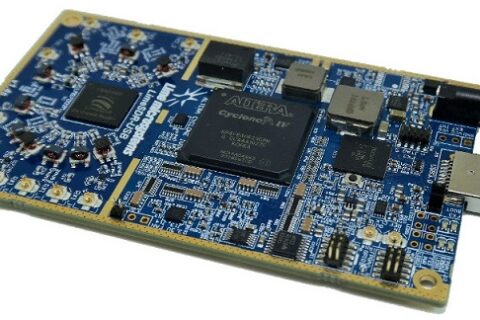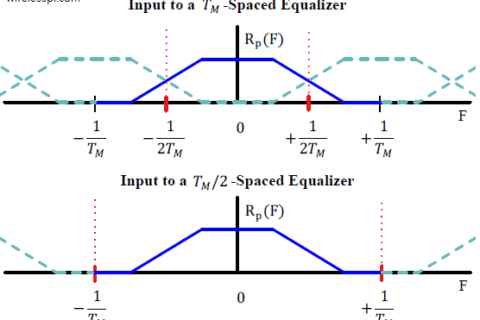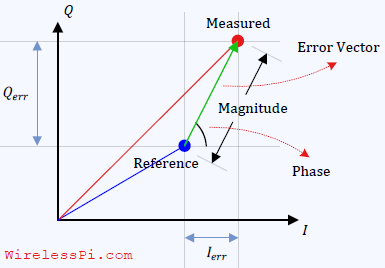At the beginning, the history of wireless communication revolved around analog communication systems for several decades. Amplitude Modulation (AM) and Frequency Modulation (FM) were the most widely used techniques during this time. Gradually, however, a transition towards digital transmission occurred in wireless systems as well, a phenomenon that was in sync with digital revolution in the society as a whole. So what are the main benefits of digital technology that made it much superior to its analog counterpart? Let us analyze some of them below [1].
Performance
Analog signals suffer from distortion and noise, even if they are small. Although it is hard to believe for an outsider, digital signal transmission can be made perfect in this imperfect world! Following the static discipline implies that if inputs meet valid input thresholds, then the system guarantees outputs will meet valid output thresholds. This is due to their operations on a range rather than exact values.
Cost
Implementation of digital communication systems relies on computing devices such as processors and very large-scale integrated circuits that increasingly benefit from Moore’s law: the number of transistors in a dense integrated circuit (IC) doubled about every two years. This lead to cost and performance advantages doubling around every two to three years over a long period of time.
Compression and Security
Source and error control codes provide extreme accuracy, fidelity, compression and security to digital signals that cannot be achieved with analog signals.
Multiplexing
Multiplexing several digital signals is quite easy. Once data, voice, image or video is in the form of bits, any source can be multiplexed with any other source for more efficient use of the channel and available resources.
Reconstruction
Perfect reconstruction is not limited to transmit or receive devices within a short distance. Digital signals can be perfectly carried over larger distances through the use of repeaters as opposed to analog signals that become progressively weaker along the channel due to increasingly severe noise and distortion. This limits the transmission range of analog signals governed by the input power.
Storage
Storing an analog signal is not a straightforward task and quality cannot be maintained over time. Digital signals can be stored and retrieved in an accurate and inexpensive manner by using transistors and error control codes.
Signal Processing
Digital signals can be processed in a flexible manner through simple program updates. This comes from the idea of Software Defined Radio (SDR) in which any modulation and/or coding scheme can be selected on run time. Furthermore, the protocols and algorithms can be changed according to the operating conditions and specifications. This provides much more flexibility as compared to analog signal processing. See the article on spectral translation without any multiplications as an example of flexibility in digital domain.
References
[1] B. Lathi, Z. Ding, Modern Digital and Analog Communication Systems, Oxford University Press, 2010.



